- Holland Patent Central School District
- Middle School Library
- Students Share
- Fascinating Things I DIDN'T Learn in Class!
Library and Media Services
Page Navigation
Share the fascinating content you learned from exploring further!
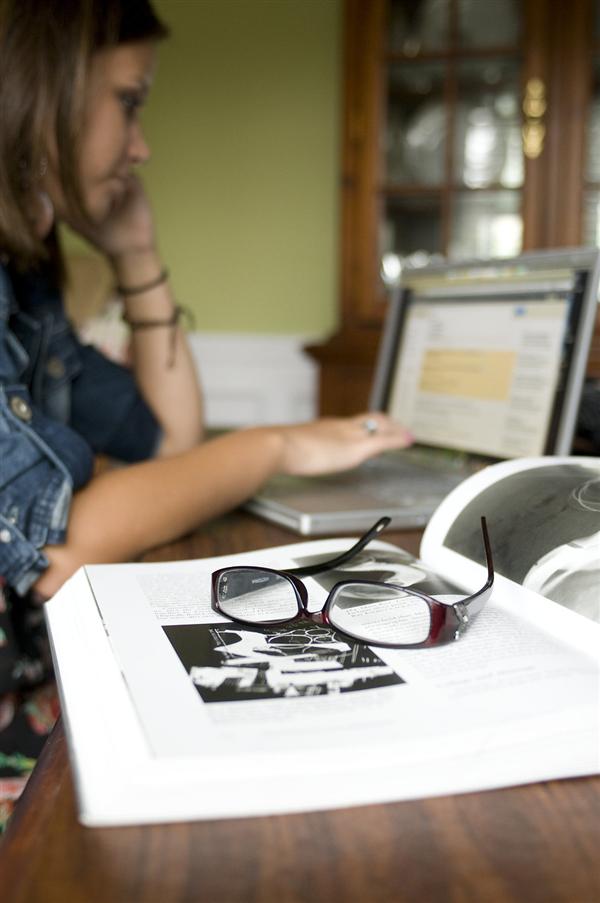
-
In Social Studies, I learned that Benedict Arnold was a traitor to our country. Benedict Arnold, traitor. That's what I learned, and that was all I knew about him. However, when reading the awesome biography The Notorious Benedict Arnold (because a friend told me I'd like it even though I thought I wouldn't) I learned the REAL SCOOP. I learned what kind of a person he was, why he betrayed America's fight for independence, how he did it, how he was caught, and what ultimately happened to him. Did you know that if it wasn't for a man's wife telling him that he wasn't allowed to do Benedict Arnold a quick favor because she wanted him home, we could be British citizens right now? The guy thought his wife was a "nag," but she unwittingly saved our fight for independence! (She had no idea; she just wanted her husband to stay at home one night). This is one fascinating thing I learned about the Revolutionary War that I did NOT learn in class. Please share your stories and facts, the ones you learned by exploring OUTSIDE of class (in books, videos, articles, newspapers, magazines, etc.) right here on this page for other students to learn, too.
-
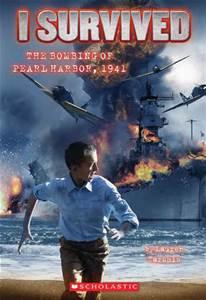
I Survived the Bombing of Pearl Harbor by Lauren Tarshis
by submitted by Logan B Year Published:This book was about a tragic moment of Pearl Harbor. I loved how it gave the extra details of the sky was black, bombs pounded on the harbor, bullets rained down on the beaches. Danyy, the city boy, I thought wouldn't make it but he survived the deathly moment of "The Attack on Pearl Harbor."
Comments (0)(1)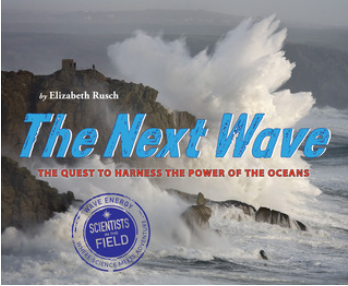
The Next Wave: The Quest to Harness the Power of the Oceans.
by submitted by Nick S Year Published: 2014People have learned to never turn their back on the waves especially if they live near one because when the waves come on the sand they pull at your feet and if you're deeper in the water then it might be able to pull you under and it might even knock you in the air. Any way the Next Wave was a great book because I learned so much about the power of waves. Did you know that a boat called the Sea Ray needs 220 kilowatts of energy to run--that's enough energy to power 220 homes!
Comments (0)(0)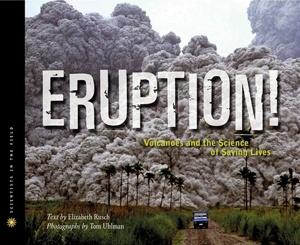
Eruption by Elizabeth Rusch
by Submitted by Connor G. Year Published: 2013This is one of the new books in the library. This book was very interesting and it was about a team working really hard. The fascinating fact I learned was that gas can get as hot as 2000 degrees Fahrenheit inside a volcano. That was surprising to me. I recommend the book!
Comments (0)(1)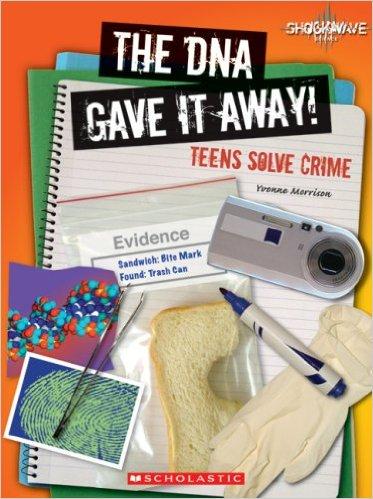
DNA Gave it Away! by Yvonne Morrison
by submitted by Molly S. Year Published:This was a great book. I learned that you even have DNA in your teeth!
Comments (0)(0)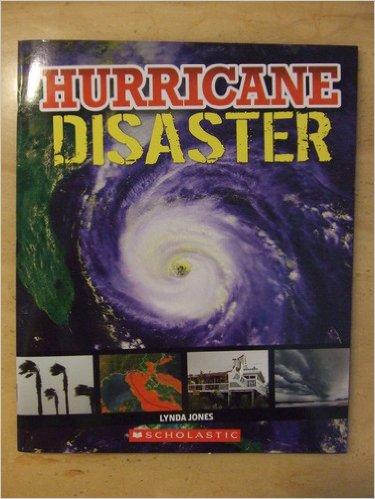
Hurricane Disaster by Lynda Jones
by Submitted by Molly S. Year Published:For my Fascinating Facts I learned that hurricanes are made like tornadoes, but they survive the longest and are the most powerful in water. They hit the outside states.
Comments (0)(0)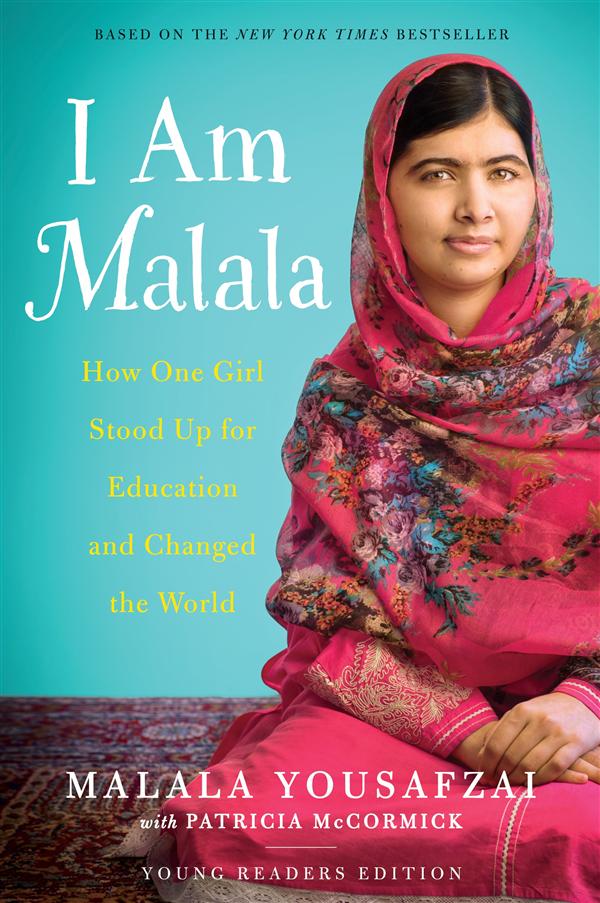
I am Malala by Malala Yousafzai
by submitted by Alyssa J. Year Published:This was a really good book. It's surprising that this normal girl changed the world. Did you know that in the videos they exaggerated how badly she treats her brothers and they actually go outside and play all the time! She was a normal teenager and she watched tv before the Taliban came.
Comments (0)(0)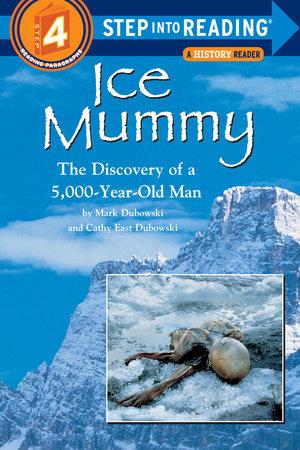
Ice Mummy by Dubowski
by submitted by Molly S Year Published:This was about the ice mummy Otiza. He was found by hikers hiking in the mountains. He was half frozen! He was found with objects around him, things you would find back then like hand made tools, hand made boots, and a hand made cape that was made out of grass to keep him warm. Otiza was not his real name. A worker that studies mummies named him that. This is a fun fact I didn't learn in class.
Comments (0)(0)
If Stones Could Speak by Marc Aronson
by submitted by Cody H. Year Published:I learned that people of Stonehenge could be really wasteful. Bones were found with half-eaten meat after thrown away. Also, Carbon 14 dating is not the only way to learn from bones. You can measure strontium isotopes, a mineral from water and food. Last, houses in stonehenge are similar to ones in Scottland.
Comments (0)(0)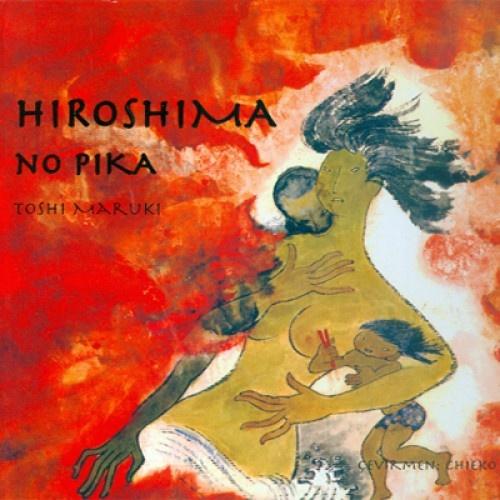
Hiroshima, No Pika
by submitted by Thomas B. Year Published:Did you know that in Hiroshima, Japan when the nuclear bomb struck, places like Tokyo, Osaka, and Nagoya were affected. In Hiroshima they had seven rivers. Many made it to the rivers but were still affected by the radiation and died.
Comments (2)(0)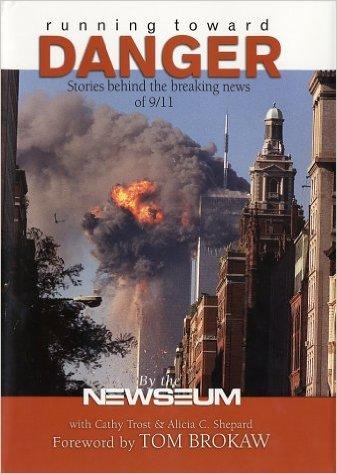
Running Toward Danger
by Submitted by Justin K Year Published:I read a book called Running Toward Danger (Stories behind 9/11) and I found that there were actually some people still alive in the world trade center after it collapsed at 10:07.
Comments (0)(1)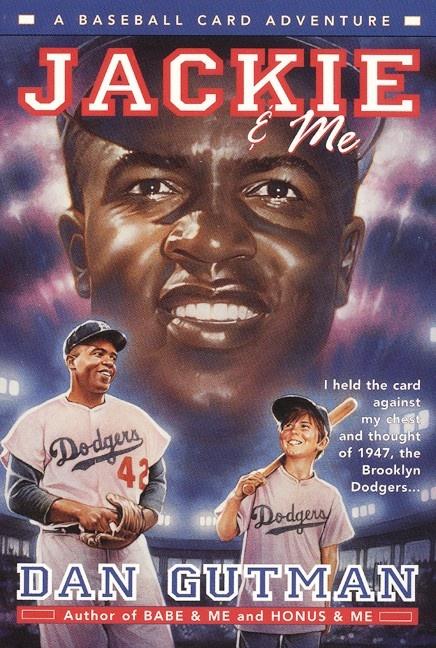
Jackie and Me
by submitted by Brandon K. Year Published:I read Jacki and Me and I learned that Jackie Robinson was the first African American in MLB. He was picked on a lot when he was in Little League!
Comments (0)(2)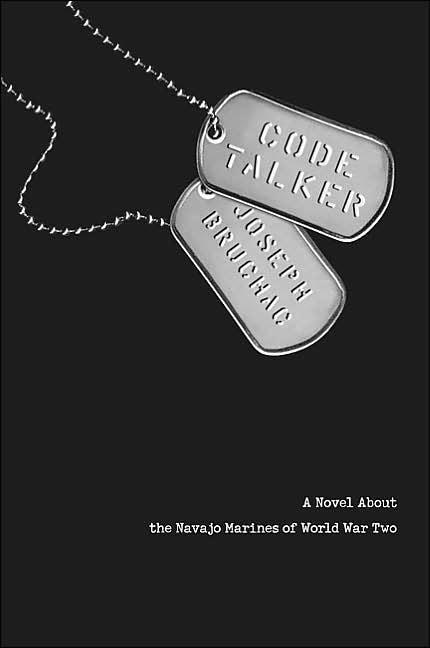
Code Talkers
by Submitted by Chris W. Year Published:I learned that Navajo Native Americans used their sacred language as a code in World War II.
Comments (1)(1)Scale of the Universe: Web Page
by Submitted by Nik Y. Year Published: 2015Nik says, "There are pictometers, femtometers, and atrometers." This awesome website shows the scale of the universe, the size of certain things in proportion to others. Each picture you click on will tell you more about it, too. I learned that a coffee bean is a fruit and a sunflower seed is actually the fruit of the flower, not an actual seed.
Comments (1)(3)Boys Without Names
by Kashmira Sheth Year Published:I learned that it's possible for children to be taken from their parents and held captive in India (and apparently other countries) and forced to make products that we buy for cheap here in the United States. Their working conditions are horrible! They are practically slaves. This was a heartbreaking book, but I learned a lot about India and forced child labor.
Comments (0)(1)Copyright © 2025 Finalsite - all rights reserved.

